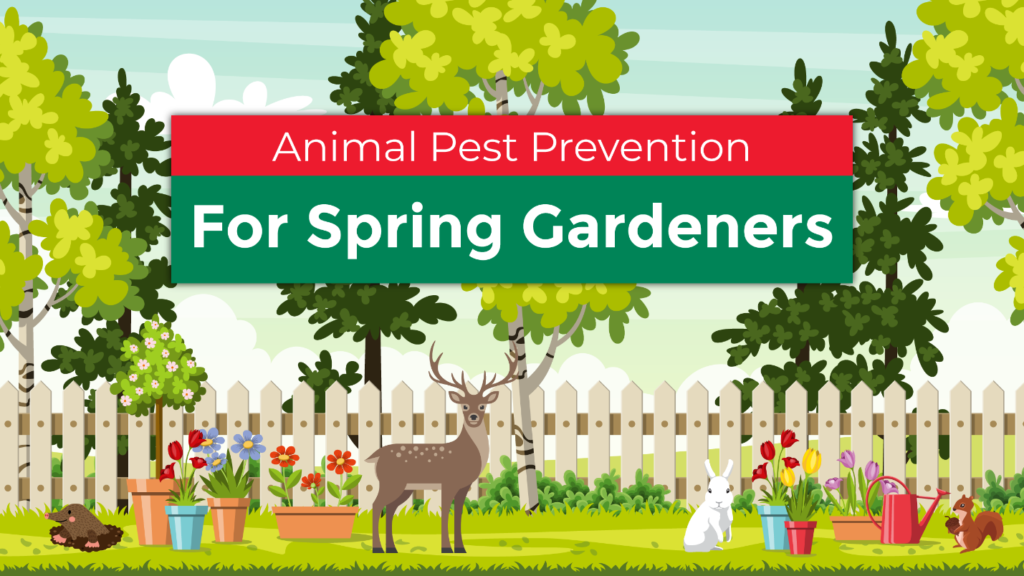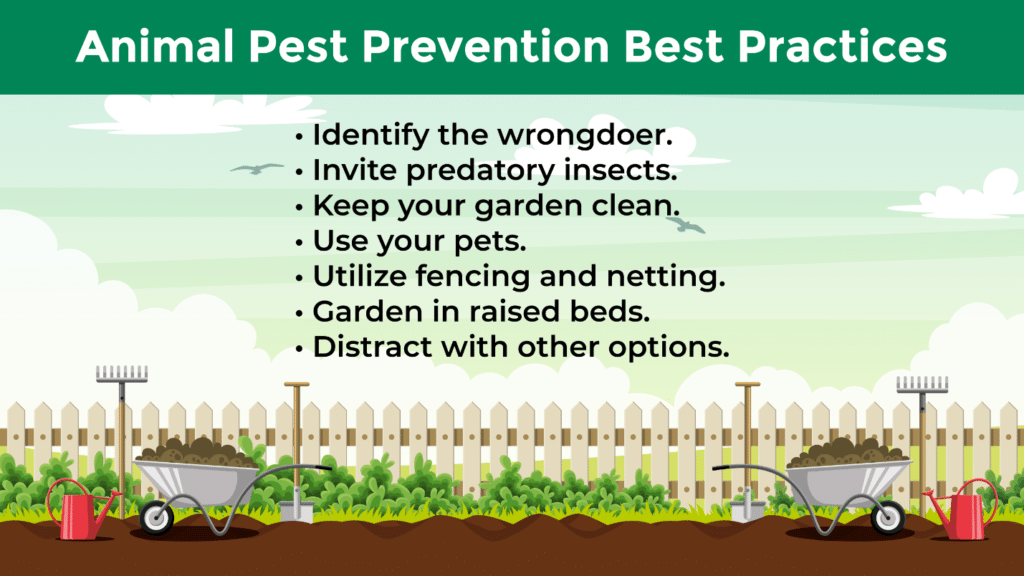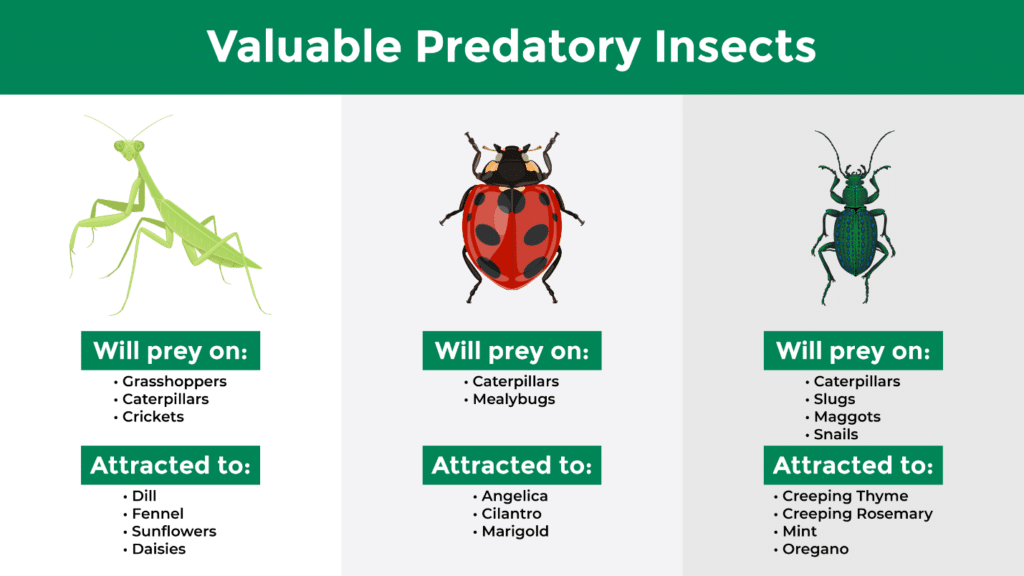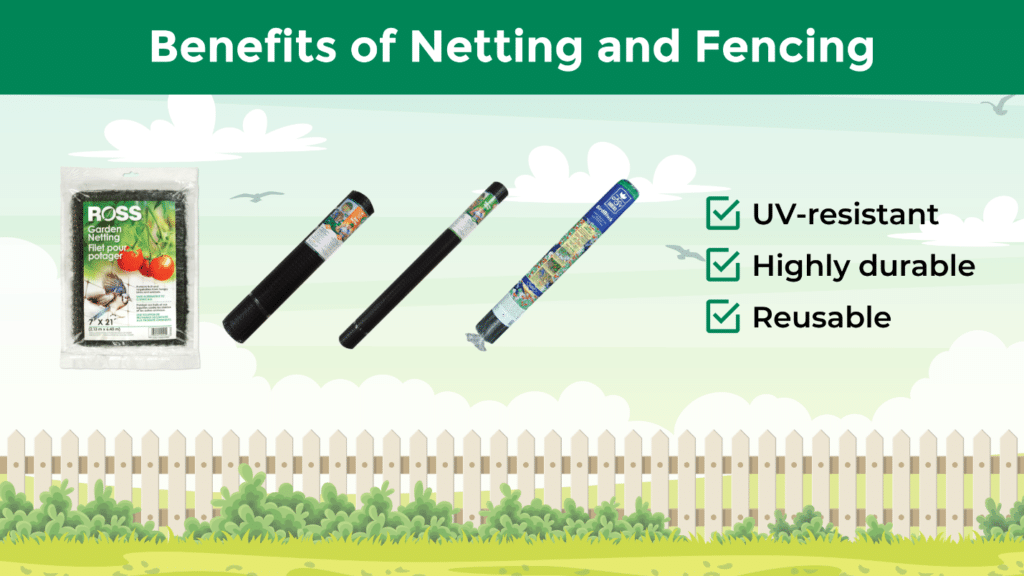The smell of spring is in the air, but you’re not the only one who senses this change in seasons – those furry garden pests sense it, too, and are ready to munch on your spring gardening efforts. Preventing garden pests doesn’t have to be merciless and cruel. It can be environmentally conscious, humane, and affordable with these best practices from Jobe’s.
Identify the Wrongdoer
The first step in preventing pests from invading your garden this spring is to know what you’re up against. If you install a deer barrier when the real culprits are rabbits who can dig under the fencing, all your preventative efforts are for naught. Knowing what animals are visiting your spring garden is essential to creating a successful pest prevention plan.
Rabbits
Rabbits like to snack on perennials, annuals, and vegetables (particularly carrots, lettuce, and broccoli, to name a few), and they’ve been known to burrow under fences if said fences aren’t buried at least 6 inches into the ground. These rascally creatures tend to gnaw plants off sharply and cleanly, and they’re quite uniform about how they do it.
Deer
Deer prefer vegetables, fruits, and roses when it comes to their spring garden diet, so if you think deer are your culprits, look for their tracks around your garden and see if the plants have been chewed off in large sections. (Did you know deer can jump up to 8-foot fences to get to food?)
Gophers, Moles, and Voles
Moles and gophers tend to ruin spring gardens in their hunt for food, thanks to the extensive tunnels and mounds these animals can dig. While gophers prefer plants of all types (particularly those that grow underground, such as carrots and sweet potatoes), moles’ diets consist of grubs and bugs.
Another tunneling garden wrongdoer are voles, which typically tunnel around the perimeter of your garden for easy access to roots of plants and bulbs or the leaves and stems of seedlings. Their peak feeding time is at night.
Squirrels
Squirrels might pose a threat to any seeds you’ve just planted, as these mischievous critters love to gather and munch on the seeds of corn, peas, beans, and sunflowers, although they sometimes treat themselves to fruit. They tend to be most active early in the morning and late in the evening as the sun sets.
Raccoons
Raccoons are crafty creatures who are quite intelligent and innovative in their quest to eat some of their favorite garden delicacies, including insects, grubs, strawberries, and corn.
Birds
Birds will use your spring garden as a feeding ground no matter what stage your plants are in. They target the seeds and sprouted seeds in the ground when you first plant, feed on insects (particularly caterpillars) throughout the growing season, and pick berries and corn before you’re able to harvest them.
Almost all these animals will happily make a meal out of plants still in their infancy, which are loaded with micronutrients to help them grow. Animals can smell those micronutrients – keep a close watch on seedlings and young plants that have just arrived from the nursery.
Invite Predatory Insects
Consider planting an insectary to entice beneficial predatory bugs to your garden. By using predators of the bugs that animals like to eat, you’ll cut down on the number of animal pests that would have shown up to chomp on their favorite bugs.
Praying Mantes
Praying mantes are rather predatory and will make a meal out of grasshoppers, caterpillars, and crickets. They hide between taller plants, so growing dill, fennel, sunflowers, and daisies help them hide to hunt their prey (and – bonus – attract pollinating bees, wasps, and butterflies).
Ladybirds
Ladybird beetles are most attracted to angelica, cilantro, and marigold; growing those plants will encourage ladybirds to make your garden their home, and they’ll happily keep the caterpillar and mealybug populations at bay.
Ground Beetles
Ground beetles need ground cover, such as mulch, creeping thyme, creeping rosemary, mint, and oregano, to hunt caterpillars, slugs, maggots, snails, and other bugs (particularly those that attract moles).
Keep Your Garden Clean
Animal pests will make hiding places out of your garden if it’s not kept clean. Take time on a regular basis to weed out any unwanted plants, and keep the area around your garden clutter-free. Dog food and bird seed can attract unwanted animals, particularly raccoons, so keep those out of reach.
You might consider sealing off any openings around your porch or shed before a furry creature decides to make it its home for the season. Our Multi-Use Netting can be used for a variety of animal preventative measures, and its high-quality materials mean you’re investing in a product that will last for years to come, thanks to its rust- and corrode-free qualities.
Use Your Pets
If you own dogs or cats, chances are your family pets would be happy to play watchdog (or watchcat) over your garden. Let them explore the area to become familiar with its scents, then let them keep watch and scare off any unwanted visitors. Even just the scent of a pet is enough to deter some animal pests.
(However, pets can quickly become pests if they dig in the garden or decide to make a snack out of some plants. Keep an eye on them and follow these techniques as needed.)
Utilize Fencing and Netting
Installing physical barriers can be one of the most effective, humane ways to prevent garden pests from gobbling up your spring gardening efforts. Almost all the aforementioned wrongdoers can be dissuaded from your garden with well-placed garden netting and fencing.
For animals that intrude through digging, bury part of a fence underground. Rabbits can be kept out of gardens by burying at least 6 inches of the fence underground; just make sure the part that’s above ground is at least 2 feet high. Moles and gophers are more serious diggers, thus requiring more serious fencing. To play it safe, install wire mesh at least 2 to 3 feet deep around your garden.
If animals that jump fences are your headache, make sure your fences are tall enough and installed correctly. For deer, install protective fencing that’s at least 8 feet high and angled outward. Keeping raccoons out requires fencing that’s 4 feet high and loose on top so it can’t be climbed. If man’s best friend or another family pet has been known to find its way into your garden, fencing that’s at least 3 feet high should help stop the habit, and to discourage digging, extend the bottom of the fence outward.
Birds can invade your garden and steal your harvest, so installing a bird-blocking mesh or Ross Garden Netting a few weeks before fruit is ripe can preserve your yield while still allowing the plants access to sunlight, water, and air.
Garden in Raised Beds
Raised-bed gardens are effective for weed prevention, water drainage, and deterring animal pests. Raised gardens are not only more difficult for smaller animals to jump into, but if you line the bottom of the bed with quarter-inch mesh, doing so can keep out moles, gophers, and voles.
Distract with Other Options
Some animals can’t be kept out with any of the above prevention techniques, so distraction is the best option to keep them from gnawing at your spring garden. Squirrels are difficult to keep out of open-air gardens, so try distracting them with dried corn cobs readily available for them to munch on. Rabbits can be distracted with alfalfa, clover, or dandelions.
Using noisemakers or motion-sensor lights can frighten away some animals who’ve managed to evade all your other preventative options. Hot pepper spray on plants can deter some pests from nibbling on them again, and spreading dog hair around the garden can scare away any animals that feel threatened by the scent.
Protect Your Investment
Spring gardening is not only a financial investment, but it’s also an investment of time. At Jobe’s, we want to help you protect your investment and to see your spring garden bloom and flourish.
When garden pests pose a threat to its success, our garden fencing and netting can offer you peace of mind. See what our full line of products can do for your gardening goals this spring.



